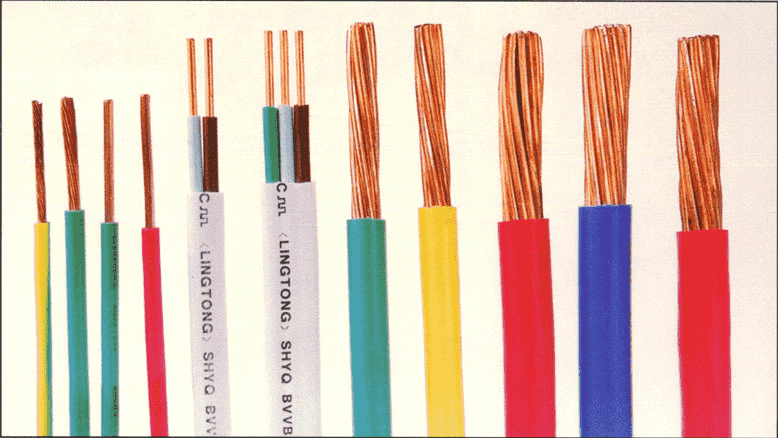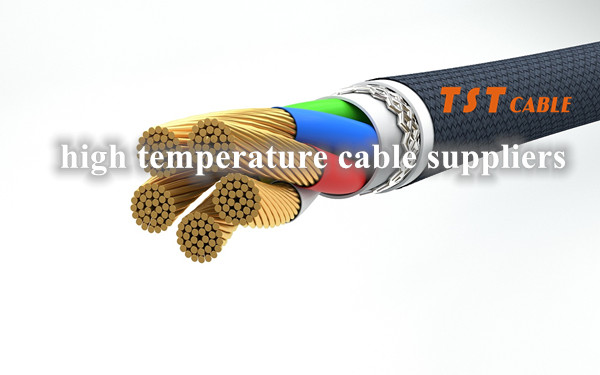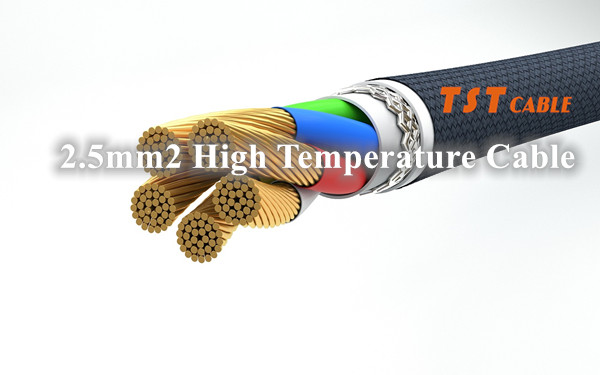
How many important indicators of high temperature cable quality testing do you know? Meet which indicators of the cable is a qualified cable? How to protect the quality and safety of the cable? After reading this article you can find the best answer. High temperature cable testing has always been an important part of the national standard high-temperature cable inside, a high-temperature cable enterprise internal quality inspection department the more advanced, then, the high-temperature cables produced by this enterprise the better the quality, the more trustworthy. So what kind of cable is good quality? What are the quality inspection indicators? The following TST CABLES will provide you with a specific introduction.
The following are important indicators of high temperature cables, which are the most critical indicator points to measure high temperature cables.
- Electrical performance indicators:
Conductor resistance: high temperature cable electrical performance indicators mainly include conductor resistance, insulation resistance, dielectric loss, capacitance and so on. Measure the internal resistance of the high temperature cable conductor itself, should be in line with the relevant international or national standards.
Insulation resistance: reflecting the insulation properties of high-temperature cable insulation materials, used to determine the degree of material fracture and aging.
Dielectric loss: high-temperature cable transmission of electrical energy generated by the energy loss, should be kept small to improve transmission efficiency.
Capacitance: capacitance is the capacitance between the conductor and insulation of high-temperature cables, which is closely related to the transmission performance and transmission speed of the cable. - Physical performance indicators:
Appearance: check the surface of the high temperature cable for obvious defects, damage or dirt.
Size: including the geometric dimensions of high temperature cable such as diameter, thickness and length.
Color: According to different applications, the outer sheath of high temperature cables will be different colors.
Weight: usually measured in grams or kilograms. - Mechanical performance indicators:
Tensile strength: high-temperature cable mechanical property indexes mainly include tensile strength, bending resistance, abrasion resistance and so on. Measure the maximum tensile strength of high temperature cables can withstand under the action of external forces.
Bending resistance: bending resistance refers to the ability of high temperature cables to resist stretching and compression when bending, assessing the ability of high temperature cables to resist stretching and compression when bending.
Abrasion resistance: abrasion resistance refers to the high-temperature cable when subjected to friction or abrasion to maintain its integrity and functionality of the ability to assess the service life and reliability of high-temperature cables. - Environmental adaptability indicators:
The environmental adaptability index of high temperature cable mainly includes high temperature resistance performance, low temperature resistance performance, moisture resistance performance Hua.
High-temperature performance: high-temperature cable in a high-temperature environment, the ability to work, usually by testing the melting point of the material and softening temperature to assess.
Low-temperature resistance: high-temperature cables in the low-temperature environment, the ability to work, usually by testing the cold bending properties of the material and low-temperature embrittlement temperature to assess.
Moisture resistance: the ability of high temperature cables to work under humid or flooded conditions, usually assessed by testing the insulation resistance and dielectric loss of high temperature cables. - Aging performance indicators:
Thermal aging performance: By simulating the use of high-temperature cables in long-term high-temperature environments, the aging speed and degree of their insulation materials, sheaths and other materials are assessed. This helps to predict the service life of high temperature cables.
UV aging performance: For high temperature cables used outdoors, UV radiation is an important aging factor. Through UV aging test, the durability of high temperature cables in outdoor environment can be assessed. - Corrosion resistance index:
Acid and alkali resistance: test the performance changes of high temperature cables in different acid and alkali environments to assess their corrosion resistance in the actual use of the environment (e.g. chemical plants, coastal areas, etc.).
Oil resistance: For some specific applications (e.g. petrochemical, automobile manufacturing, etc.), high temperature cables need to have good oil resistance. Through the oil resistance test, the stability of high temperature cables in the oil environment can be examined. - Flame retardant performance indicators:
Flame retardant grade: According to the flame retardant time and flame retardant effect of high temperature cable to assess its flame retardant grade. The higher the flame retardant grade, the less likely that the high temperature cable will burn when it meets an ignition source, thus improving the safety of use. - Electrical safety indicators:
Voltage drop: Measure the voltage drop of high temperature cables under specified current and temperature to assess their electrical performance in actual use.
Electrical Strength: Test the maximum electric field strength that the high temperature cable can withstand, to ensure that it will not be used in the process of electrical breakdown and other safety accidents. - Radioactive indicators (for specific applications):
Radioactive substance content: For high temperature cables used in nuclear power plants, medical facilities and other specific places, the content of radioactive substances in the material needs to be tested to ensure the safety of use. - Dielectric strength:
Dielectric strength is the ability of an insulating material to resist breakdown under the action of an electric field. This is usually assessed by means of a voltage withstand test, whereby the insulation is examined to see if it will be subjected to breakdown under specified conditions of voltage and time. - Structural stability:
For multi-core cables, structural stability is an important indicator. It involves the layout of the cores inside the cable, the use of fillers and the setting of the shielding layer, all of which affect the stability and durability of the cable during use. - Shielding effectiveness:
For cables that need to be shielded, shielding effectiveness is a key indicator. It measures the ability of the cable shield to suppress electromagnetic interference (EMI), ensuring the stability and accuracy of signal transmission. - Splices and connectors performance:
Splices and connectors of cables are an important part of the cable system. Their performance, including connection stability, contact resistance, corrosion resistance, mechanical strength, etc., will directly affect the reliability and performance of the entire cable system.
- Material environmental protection:
With the improvement of environmental awareness, the environmental friendliness of cable materials (low-smoke non-halogen) has also become an important testing index. This includes whether the high-temperature cable materials contain harmful substances, and the impact of the cable on the environment during production, use and disposal.
The above are 14 wire testing indicators for high temperature cables commonly used in the industry compiled by TST CABLE, which further improve the quality testing system of high temperature cables and ensure the performance and safety of high temperature cables in various application scenarios. Please note that specific test items and standards may vary depending on the type of cable, its use, and the regulations and standards of the region where it is located.If you have questions about the quality or testing of high-temperature cables or have other needs, please feel free to contact us by email.





